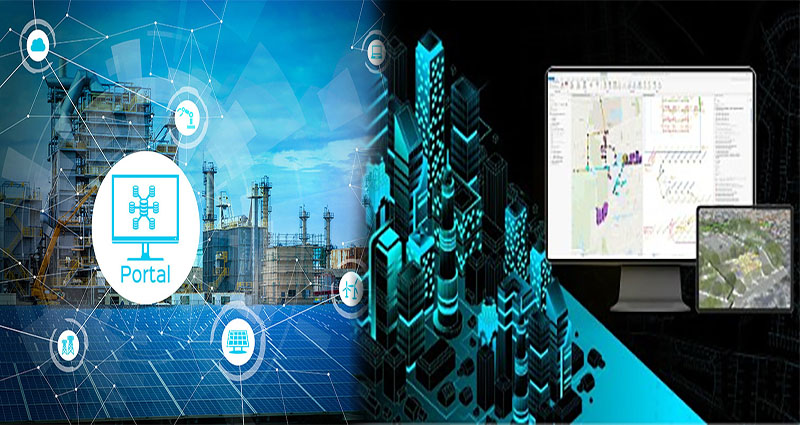A communications utility network foundation (CUNF) can be used to model the behavior of communication networks. It enables users to model network behavior in a more accurate way and perform more powerful network analysis. It uses a user- defined network rule base to specify the types of features that can be connected and associated. This rule base is referenced during editing operations. If existing features do not conform to these rules, they are flagged for correction or are represented as error features. It can also be used to model the flow of resources in a network.
Electric utility network foundation
The Electric Utility Network Foundation (EUNF) is a template for configuring and modeling the electric utility network. This template includes an information model for the most common types of electric equipment and cables. However, this does not include every possible variation, as it is meant to be a general representation of electric systems. It also integrates with other information systems to simplify the creation of new utility networks.
UNFs also enable the modeling of assets, which are typically hidden from the view of a map. For example, if a water main breaks, it can be used to identify the shutoff valves that should be closed. Additionally, the utility network has a tracing framework that enables detailed tracing analysis.
The Utility Network delivers advanced asset modeling and modern web GIS architecture, as well as analysis tools. With this data, utilities can improve efficiency by analyzing and presenting data to make better decisions. In addition, users can access this information from any location or device using a web app. This makes it convenient for the whole utility team to use the network.
The Utility Network Foundation data model is designed to provide a stepping-stone for the development of network-aware electric GIS. It is extensible, which means it can be adapted to many different networks. It can be customized to meet a company’s unique requirements. In addition, the EVNF Data Dictionary is used as a stepping-stone for network-aware electric GIS.
The Esri Utility Network includes a variety of features to provide a scalable foundation for utility networks. It includes all assets that make up a typical utility network, including telecommunications, stormwater, and waste. It also comes prepopulated with data, which can make the migration process easier.
The Electric Utility Network Foundation has an information page that explains the project’s latest release, known limitations, and FAQs. In addition, it includes an updated version of its database. Further, it provides a sample map of the infrastructure that is included. The ETN Community is an association of European electric transmission and distribution companies. The ETN community has created an updated data model, allowing it to support de-energized equipment in a subnetwork.
The UFN foundation is a free Esri utility GIS application that can integrate with existing business systems. Its modern web GIS architecture allows it to provide a fully automated operational view in real time. This allows for easy access to asset information anywhere. With this software, utilities can improve their operational efficiency and enhance the quality of service.

